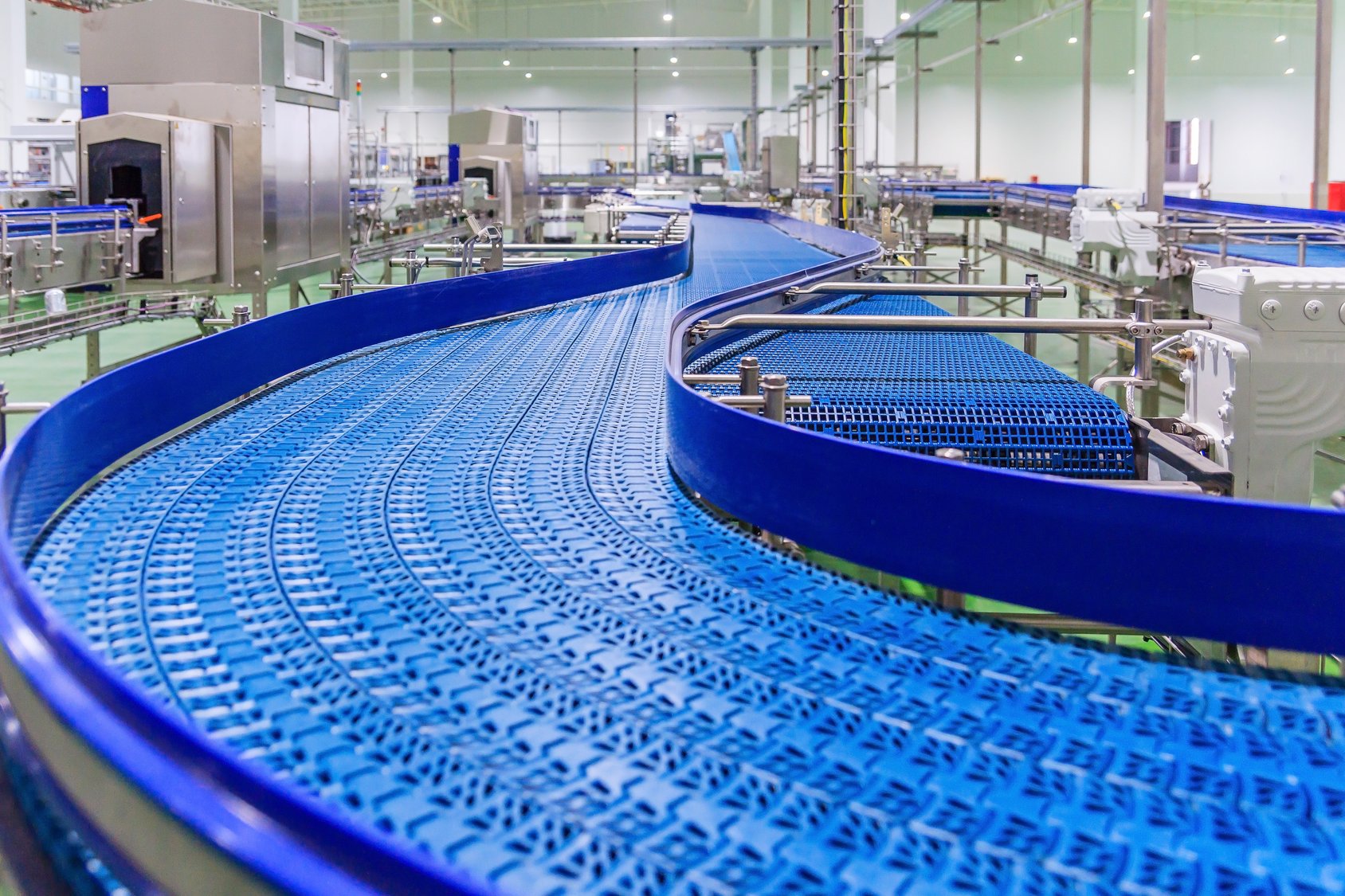This is part two of our series on on-time delivery. Here is part one on how to measure the on-time delivery KPI.
What is on-time delivery?On-time delivery (OTD) is a metric used to measure manufacturing performance across the entire organization. OTD shows the ability of the organization to do what you say you are going to do. When you take an order, you define a ship date. Did you ship it on or before that date? What is the on-time delivery formula?On-time delivery = (Orders shipped on time / total orders) * 100 |
How to improve on-time delivery
Before we start, keep this in mind: The number is never the goal; improving the process is the goal.
Once you improve the process, the number will improve as a result.
Here is how to improve the on-time delivery process:
1. Create a production team to work on improving OTD.
Even though the OTD KPI is a measurement of the entire organization, start with production. If production issues are not addressed first, the rest of the organization won’t be able to see how their actions (or inactions) are affecting production and the OTD KPI.
2. Understand and accept that there are problems.
The culture of the organization needs to support leaders admitting weaknesses as the first step to overcome the weakness. This is not always as easy as it sounds. If your business culture won’t accept an OTD KPI that isn’t skewed, create your own realistic KPI following my advice. Use it to create a baseline and to measure improvements. Keep the information to yourself and the production team. It’s also critical that the problems that are defined are not just problems the team feels they know how to fix. Identify problems even if you think they are unsolvable. Just because the team doesn’t know how to solve a problem, it doesn’t mean it can’t be solved.
3. Manage your capacity.
If you have a problem with your OTD, I’m confident of two things: Your capacity isn’t being managed properly.
The organization doesn’t know how to manage the capacity properly. If it did, it would. (This is an area where you may need help in both developing a strategy to fix the issue, and then executing that strategy.)
Related:
4. Measure your production output.
It could be argued this is a subset of #3. I broke it out because it’s an important concept. Part of managing the capacity properly is estimating how long each step in the work (job) order is going to take. To keep estimates as clean as possible, they need to be compared to actual rates on a regular basis.
Related: 6 Shop Floor Management Techniques Learned From 30 Years of Experience
5. Provide Sales with a tool to check the feasibility of customer demand.
Once capacity is being managed properly, a methodology can be developed to see if production can do what the customer wants, based in part on all the other commitments that have already been made. Use this information to accept the order, reset the customer expectation, or find a way to open up capacity. This step is crucial. Your OTD KPI will never get better if unrealistic demands are put on production. The only way to know if the demand is unrealistic is to manage the capacity properly. That’s why I started with production.
Power BI Reporting & AnalyticsPower BI could revolutionize your business by turning your ERP data into clear insights. Want to see Power BI in action? |
For a manufacturer, there is no quick way to improve OTD KPI. However, not taking the steps I outlined above means you are as good as you’ll ever be. Maybe that’s good enough. If it is, that’s fine, although I’d offer this: If it’s fine, it’s fine for now. What if your competitors read this and are working on managing their capacity?
Improving your process, as I described, allows the organization to get better results with less overall effort. Yes, you need to climb a mountain to get there, but once you have climbed it, the view is great.










